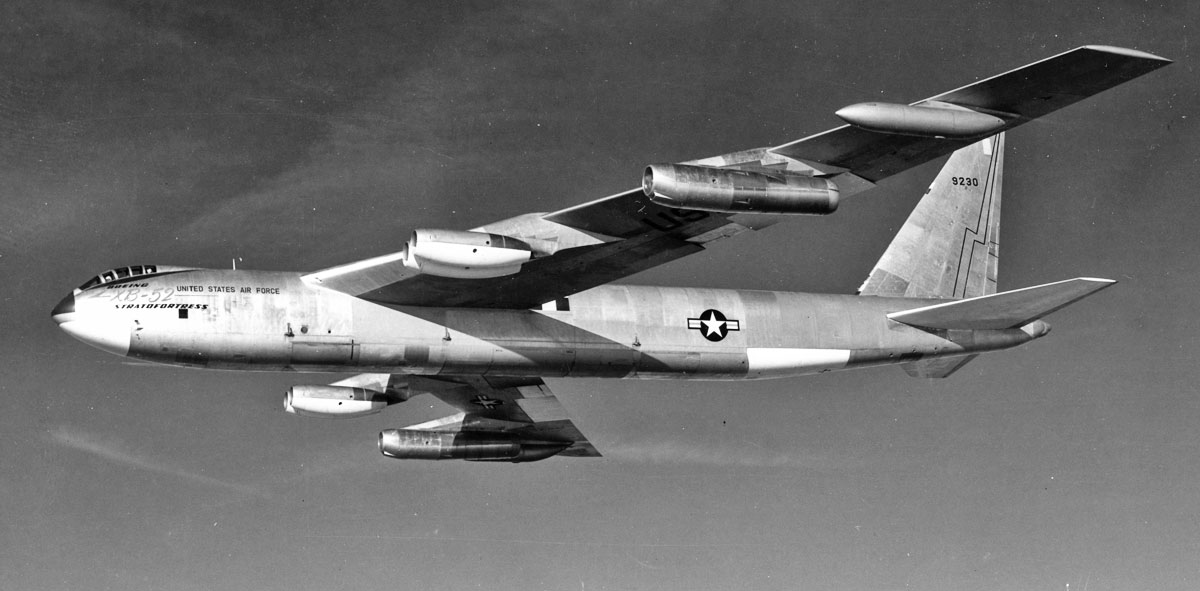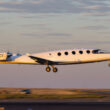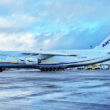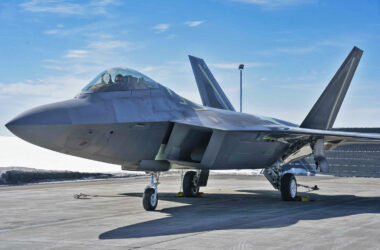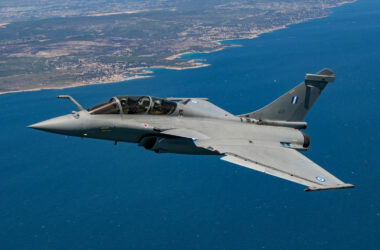In service with the US Air Force (USAF) for nearly 70 years, the veteran B-52 Stratofortress bomber is close to starting a new chapter in its long military career.
Boeing recently posted a video on social media of a scaled-down mockup of the aircraft being tested in a wind tunnel equipped with new nacelles designed for the Commercial Engine Replacement Program (CERP), which began in 2018.
In September 2021, the USAF selected Rolls-Royce to replace the active fleet’s B-52H engines. US-operated bombers have flown with Pratt & Whitney TF-33-PW-103 turbofan engines since the 1960s. This engine is the military version of the JT3D, used in the classic Boeing 707 and Douglas DC-8 commercial jets.
The new turbofan chosen for the B-52 is the Rolls-Royce F130, the military version of the BR700 engine used in Gulfstream business jets and the old Boeing 717 commercial model.
We predict a windy forecast this #B52sday at #ASC22. ?
The #B52 Commercial Engine Replacement Program completed wind tunnel testing using similar models used by engineers in the 1950s to collect data for future flight tests. This ensures the new engines will work as expected. pic.twitter.com/33JYrx7jbD
— Boeing Defense (@BoeingDefense) September 20, 2022
With the update, the old “BUFF” are expected to remain out of service until at least 2050, when the model will be close to completing 100 years of its first flight – which took place on April 15, 1952.
The USAF intends to complete new engine integration activities and deliver the first batch of upgraded aircraft between 2026 and 2026, with full operational capacity scheduled for 2030.
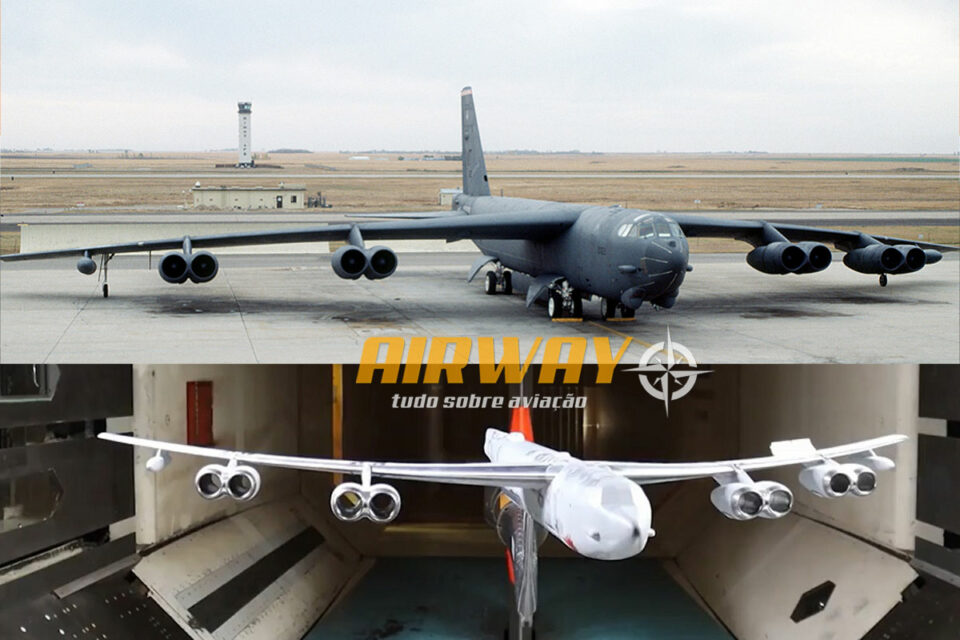
New designations
The B-52 CERP’s new, more modern and efficient engines are expected to reduce the aircraft’s fuel consumption, increasing the bomber’s flight range. Maintenance of the F130 turbofans will also be simplified compared to the old TF-33. The bomber’s first flight with its new engines is expected in 2025.
The new nacelles and struts, supplied by Spirit AeroSystems, are clearly visible in the video released by Boeing. While their overall shape is still the same, the redesigned engine mounts are longer than the originals, while the new mounts are shorter.
In addition to the new engines, the B-52 will also be equipped with a new AESA radar, the APG-79 model (same as used in the F/A-18E/F Super Hornet fighter). Another novelty in the bomber will be the BOCS system, a device for transporting loads at the bomb gate.
After receiving these changes, it is possible that the bomber will receive two reassignments as the modifications progress, becoming the B-52J or possibly the B-52K.
